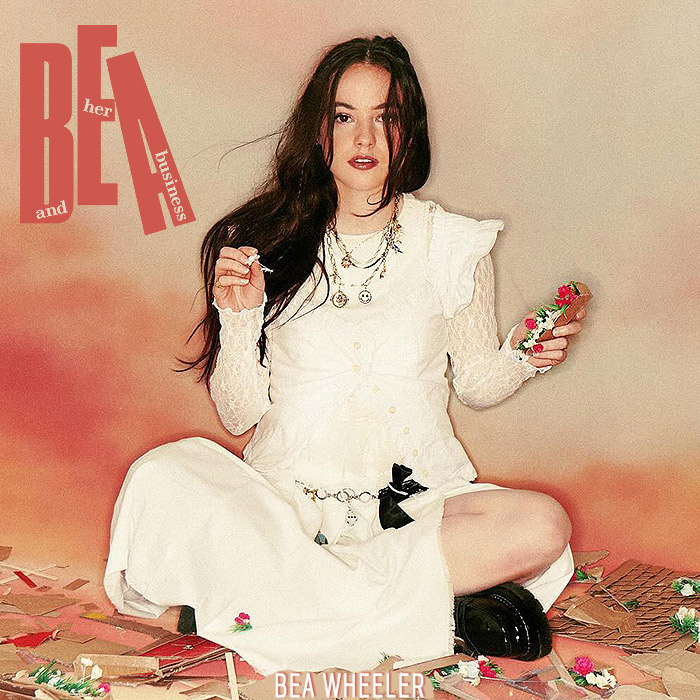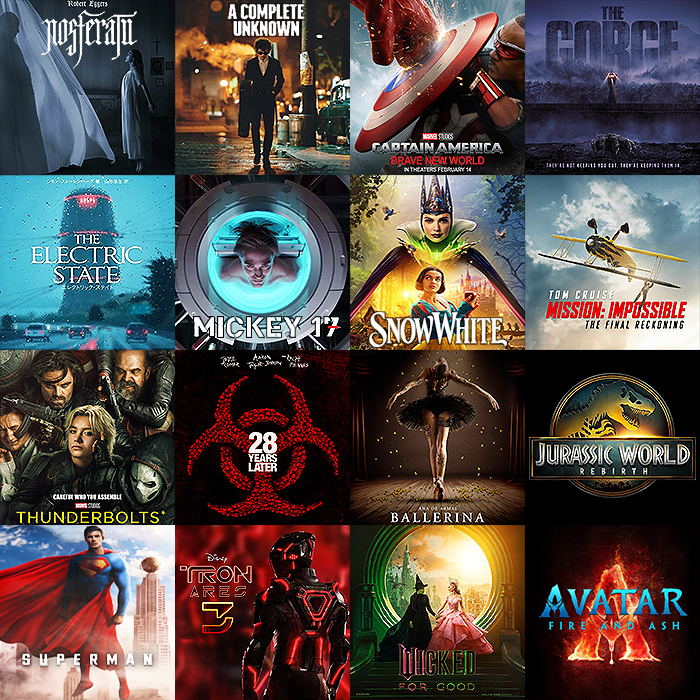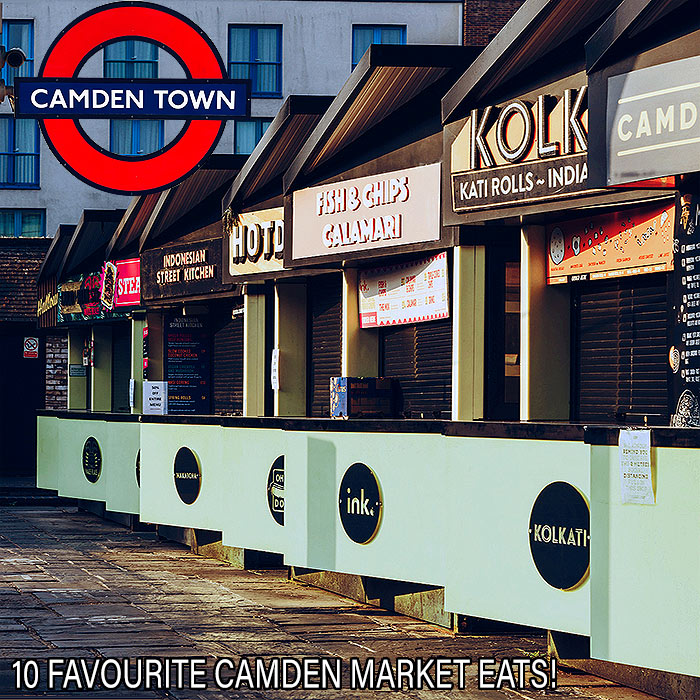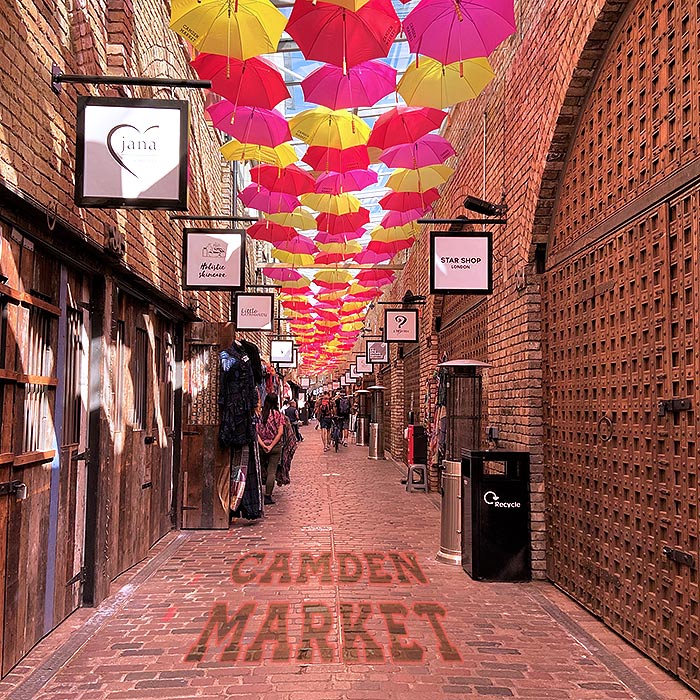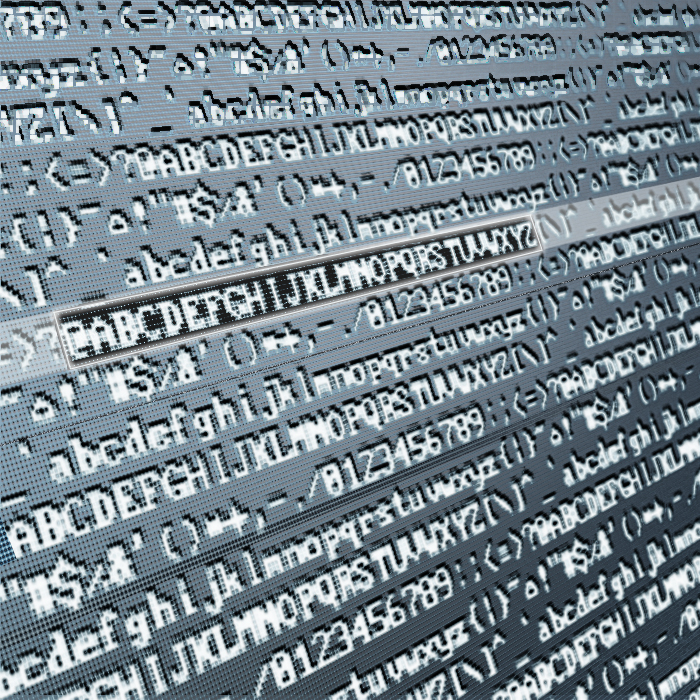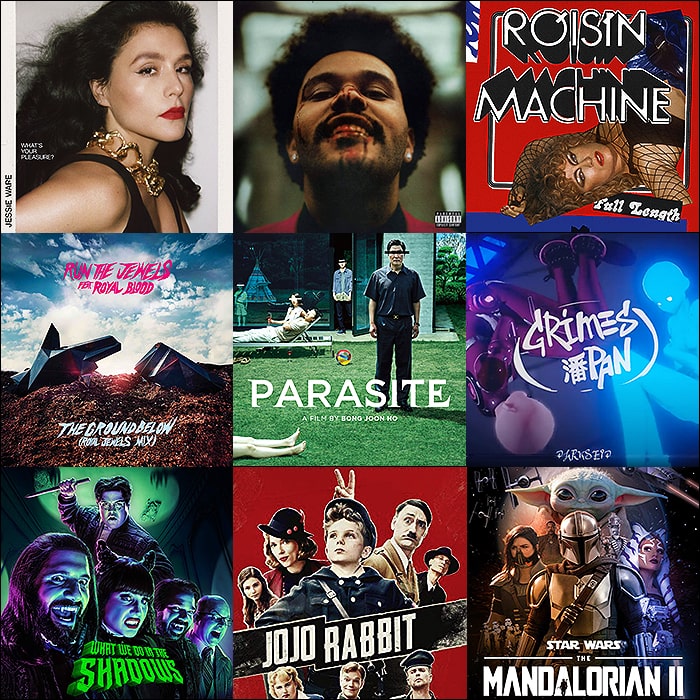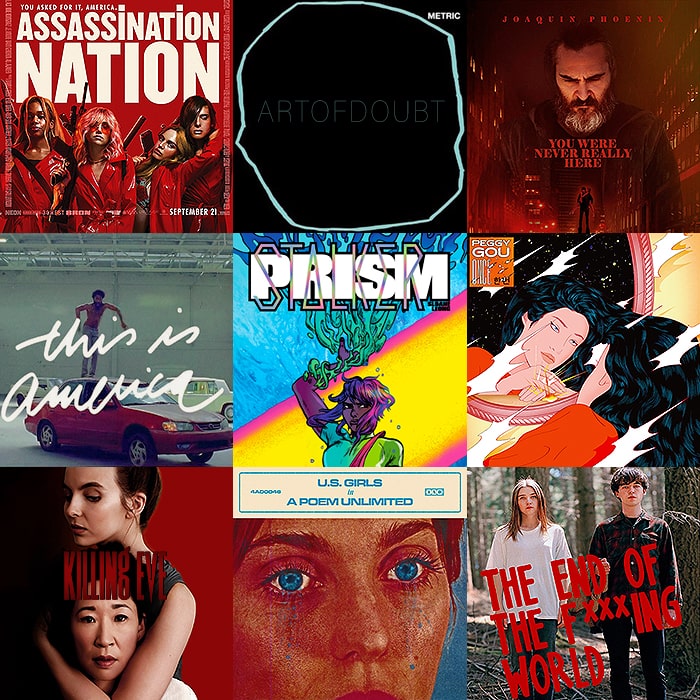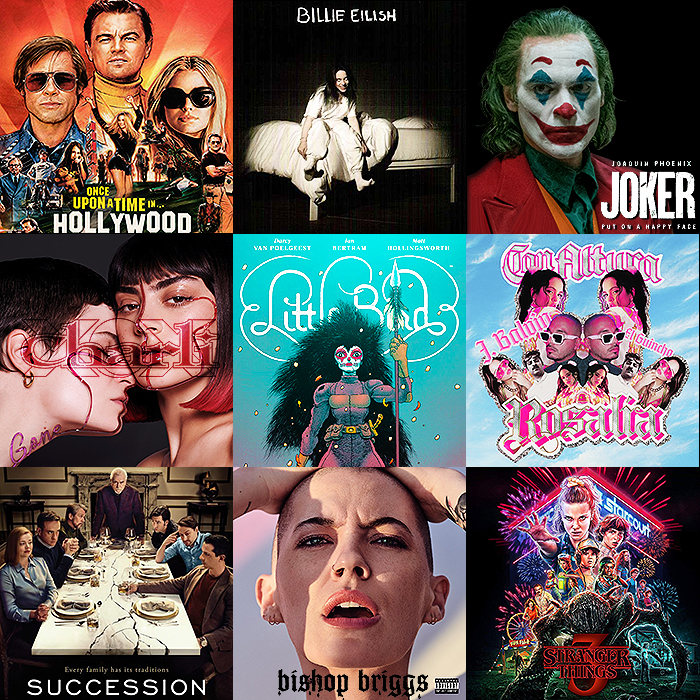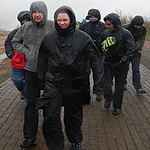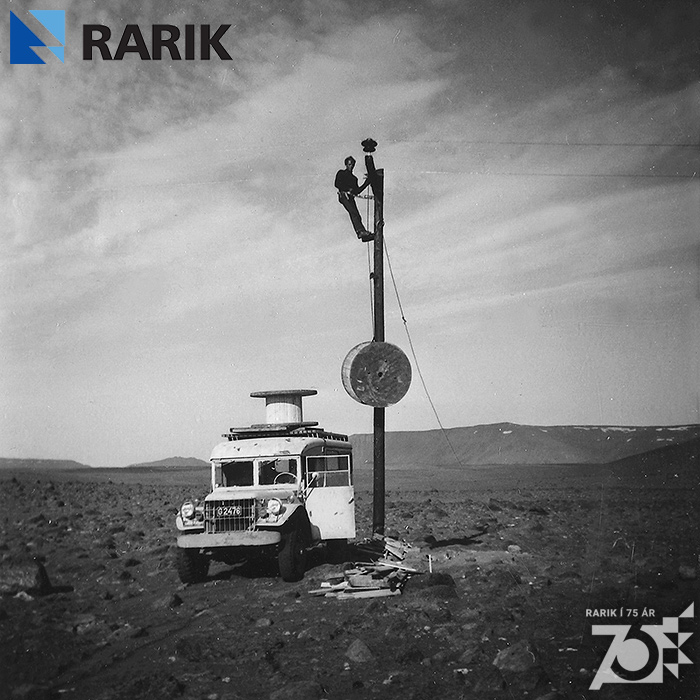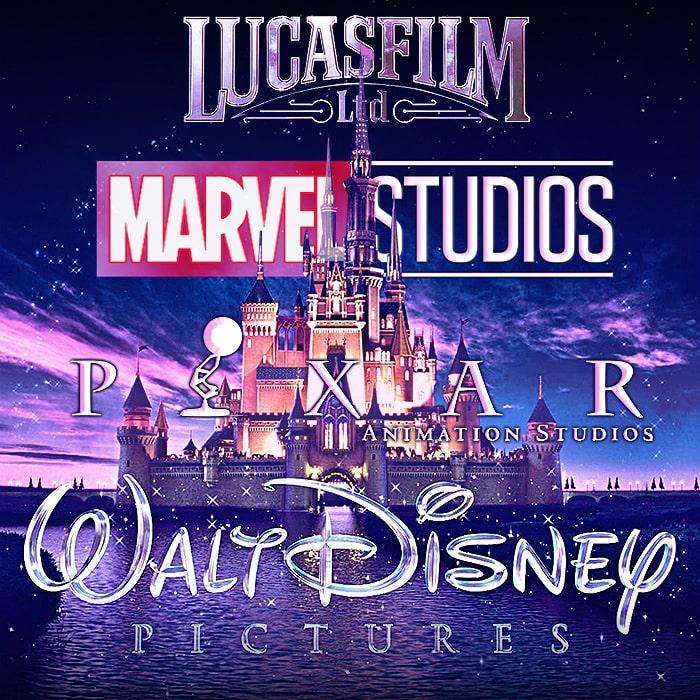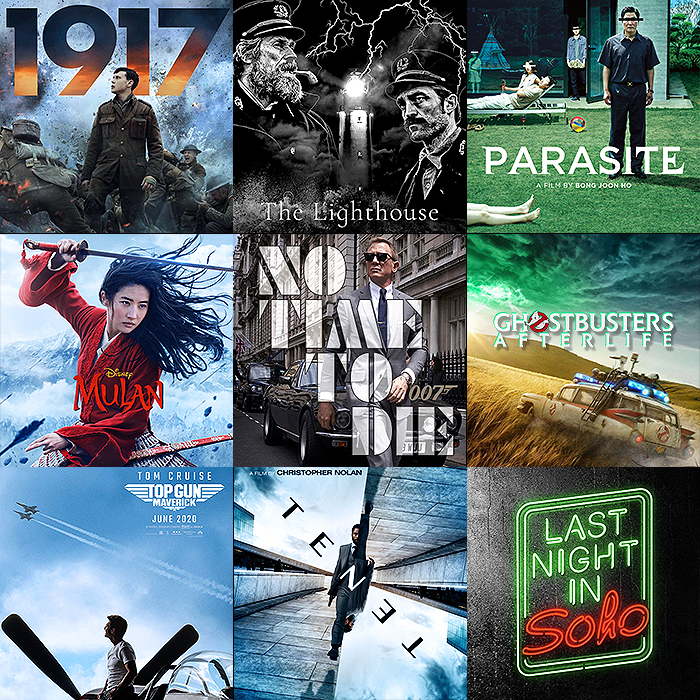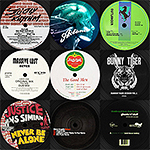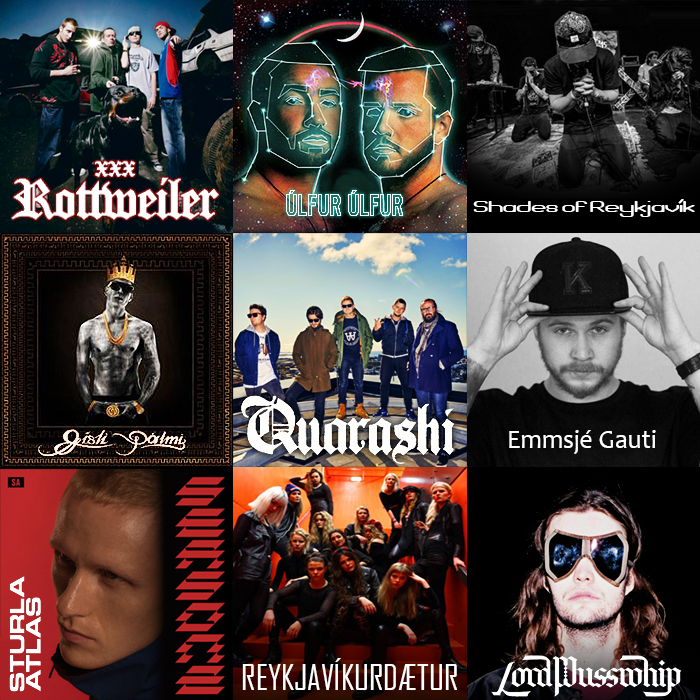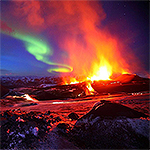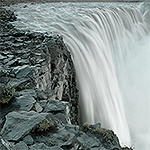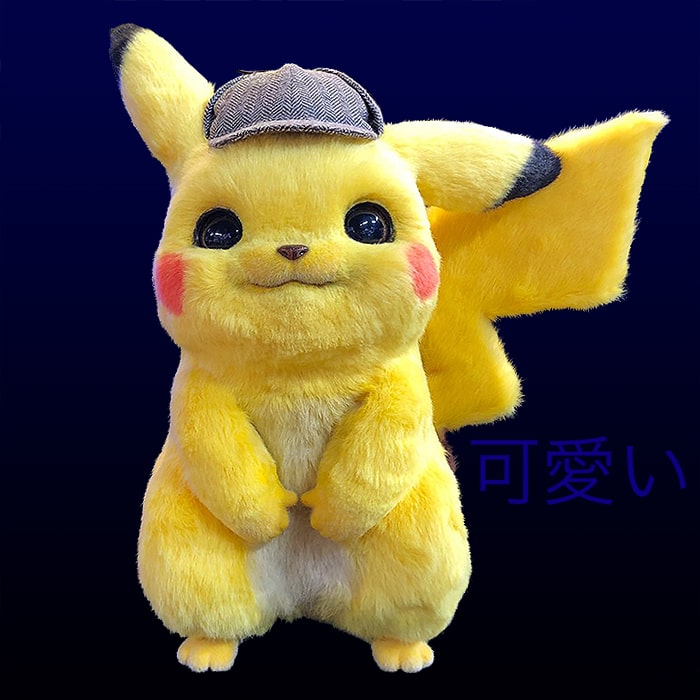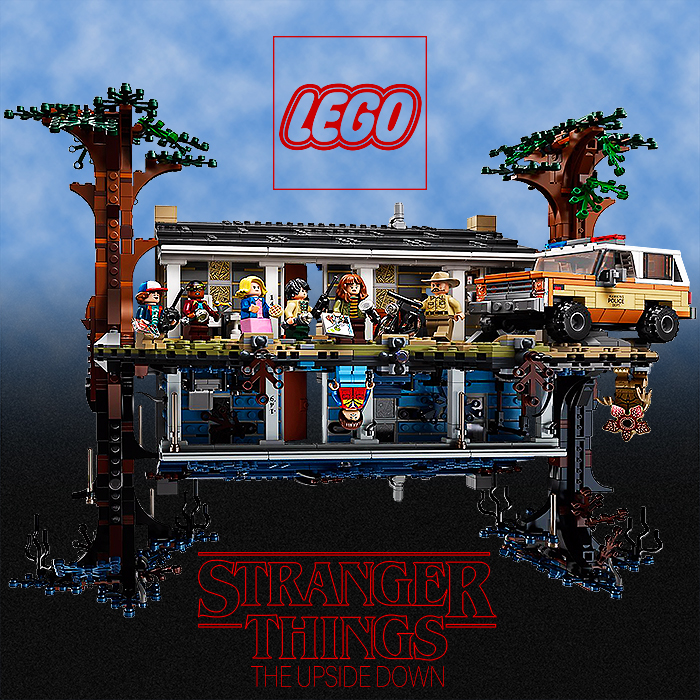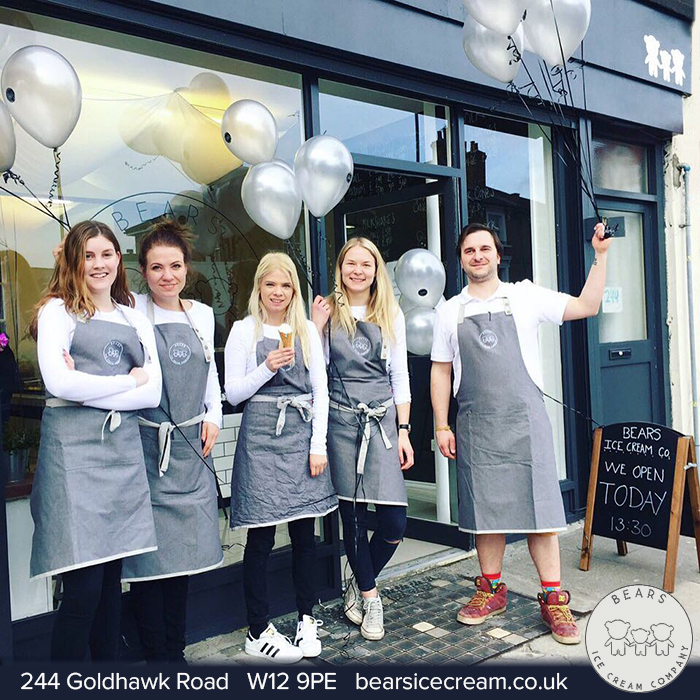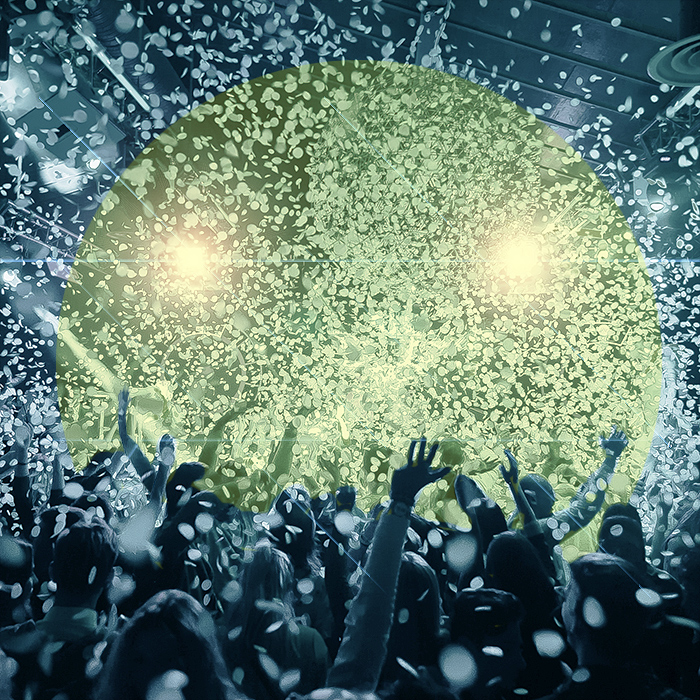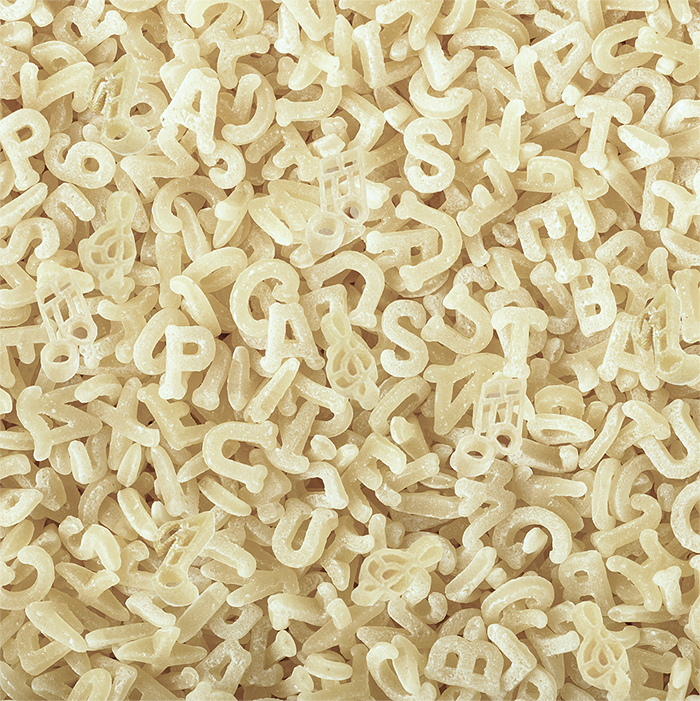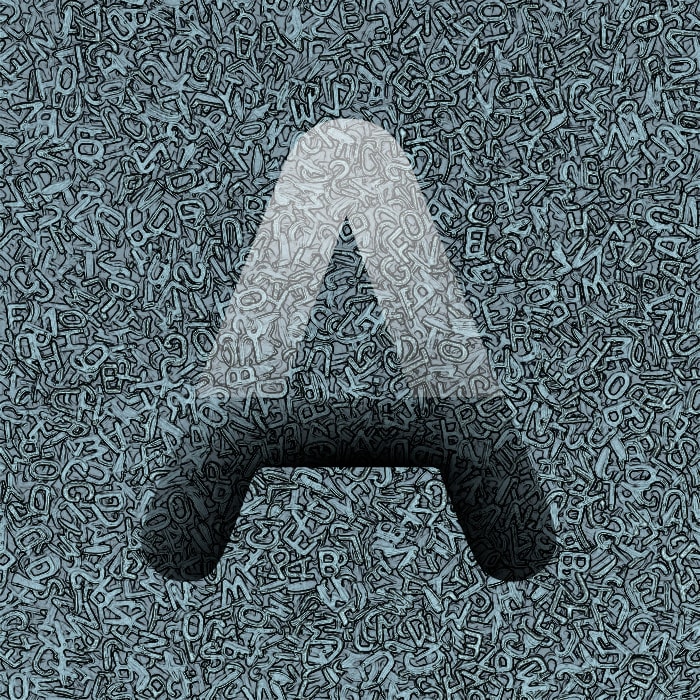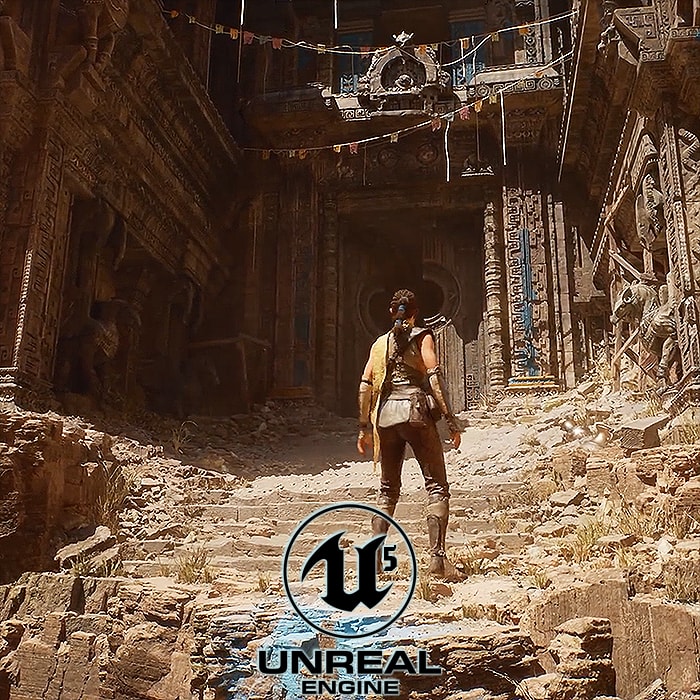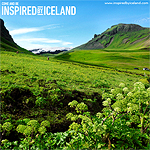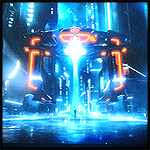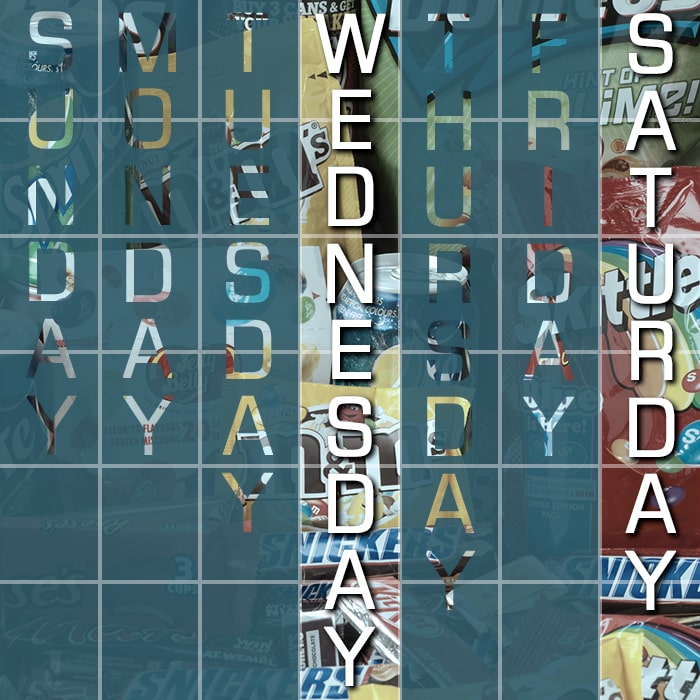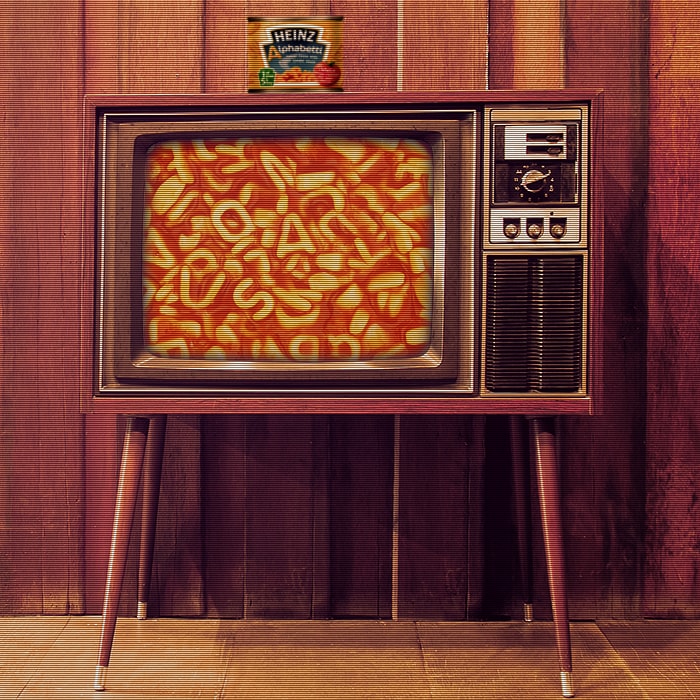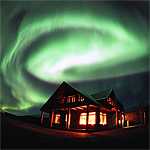120 Years of Icelandic Art - 9 Favourite Artists and Artworks
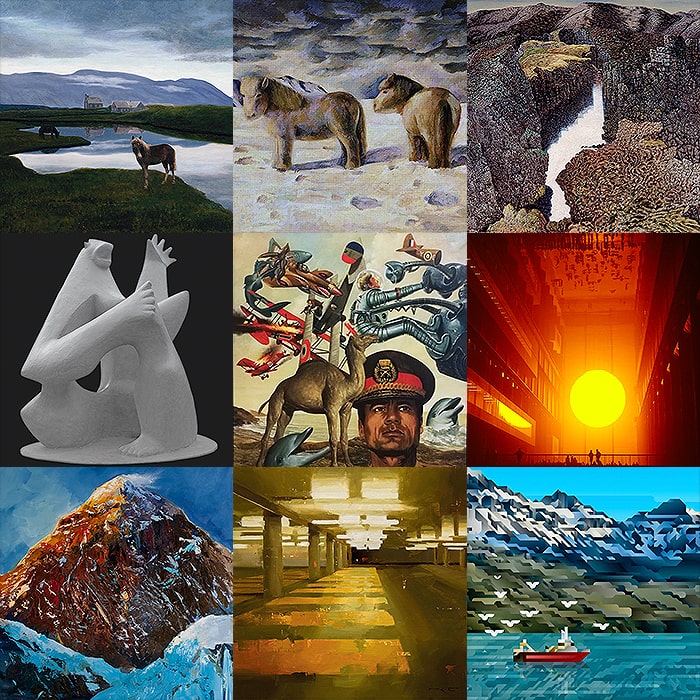
This post was inspired bizarrely by an advertisement in the ’Seaman’s Day’ issue of ’Fiskifréttir’ - an Icelandic fishing industry weekly which my Dad brought with him when he last made a visit. Seaman’s Day is a public holiday in Iceland (first weekend in June) to celebrate all those who work at sea and in related fishing industries. This issue featured another advertisement by Icelandic bank Landsbankinn featuring the unique talents of Iceland’s finest graphic artist Sigurður Eggertsson or Siggi Eggerts for short.
This ad sparked a series of memories - reaching all the way back to my early childhood in Iceland and those artists and artworks that inspired me then and still do to this day. I have selected 9 favourite artists and my favourite works of theirs - and will recall and reminisce on each in turn - as below.
As a child in Iceland, the most visible elements of art were the sculptural works of Ásmundur Sveinsson and Steinunn Marteinsdóttir. Ásmundur’s very modern domed white house is located right in the heart of Laugardalur - and conveniently right next door to the main garden centre (as was) in Reykjavík - Blómaval. Mum used to pop in at least once or twice a week and we kids would remain in the car and stare at the sculptural works of art in the sizeable gardens around Ásmundur’s home - which is now of course a museum - Ásmundarsafn.
As for Steinunn Marteinsdóttir, renowned ceramic artist - her house ’Hulduhólar’ was the first you encountered when heading north out of Reykjavík into the suburb of Mosfellsbær. Her garden perimeter is punctuated with beguiling structural cairns or totem like structures which I always took to be polished rocks/stones, but are rather oval ceramic objects artfully assembled into semi-figurative forms. We were exposed to each of these probably once or twice a week, certain a few times each month - and Steinunn likely led me on to a love for Andy Goldsworthy too.
In the form of Art Galleries - there were only two I recall from the earliest days (I believe the National Gallery arrived much later) - the museum / gallery set up in memory of Iceland’s most famous painter Jóhannes Sveinsson Kjarval - or Kjarvalstaðir. And then there was the Nordic House of Culture / Nordic Centre or Norrænnahúsið - which for some reason I played a number of classical concerts with my violin as a kid at - and we always has the ’library’ as our set-up room - which also doubled as the main Gallery for the Centre. I always remember Norrænnahúsið being festooned with the works of Erró - and would glance at each in various direction while tuning up my violin and tightening my bow.
So early years art influences in Iceland mostly consisted of Norrænnahúsið and Kjarvalstaðir, and Ásmundarsafn and Hulduhólar - a nice mix of painting and sculpture.
Þórarinn B. Þorláksson (1887-1924) - Þingvellir / Thingvellir (1900) [Oil on Canvas]
![Þórarinn B. Þorláksson (1887-1924) - Þingvellir / Thingvellir (1900) [Oil on Canvas] Þórarinn B. Þorláksson (1887-1924) - Þingvellir / Thingvellir (1900) [Oil on Canvas]](https://content.affino.com/AcuCustom/Sitename/DAM/526/2019AfBlgThorarinnThorlakssonThingvellir700-min.jpg)
listasafn.is/english/associated-collections
Considered one of the leaders of the Icelandic contemporary movement - Þórarinn studied art in Denmark from 1895-1899 and held his first exhibition in Glasgow a year later - which likely included this fantastic landscape featuring two horses in front of the cluster of buildings at Þingvellir (Thingvellir) - Iceland's spiritual home and the seat of the first democratic parliament in the world (930AD). Þingvellir is a beautiful volcanic / lava rift valley punctuated with waterfalls and crystal clear deep springs - where the North American and Eurasian tectonic plates are being gently pulled apart at the rate of circa one inch per year! Þingvellir is such a picturesque place that it features in the key bodies of work for many of Iceland's best known artists. I can't remember where or when I first saw this work - but something about it captures some essence of Iceland that has resonated within me ever since.
Jón Stefánsson (1881-1962) - Útigangshestar / Horses Out to Pasture (1929) (Oil on Canvas)
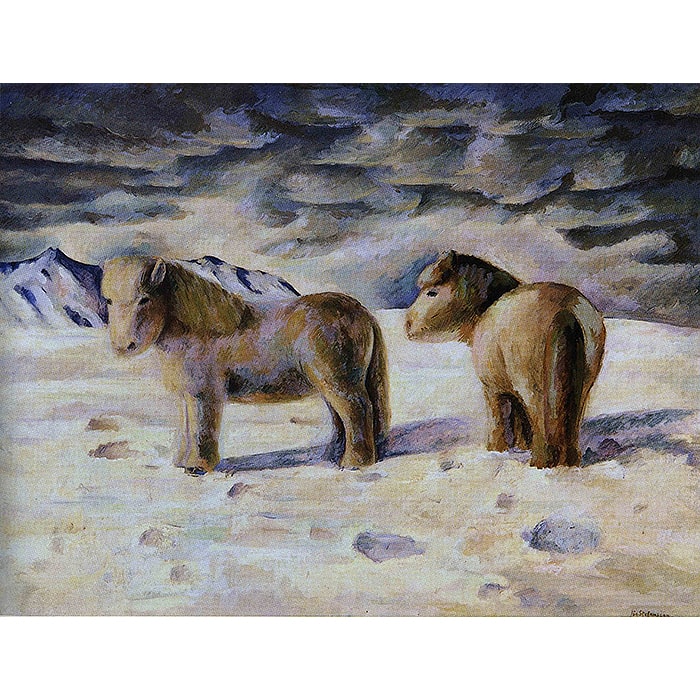
artnet.com/artists/jon-stefansson
From the first two examples here you might have thought I had a fascination for horses - while in truth for me they are more Iceland's spirit animal and a sort of totem for the Icelandic character. I believe I first encountered this work at Kjarvalstaðir sometime as a child - and even though more impressionist in style - I rather believe it sparked off my fascination for the cutesy style of pop-surrealism. Something about those two fluffy horses in amongst that rather hostile frosty environment somehow warmed my soul. I equated it rather with playing in the snow which I loved at the time, rather than being abandoned to the elements! Those horses always seemed somewhat quietly contented in any case.
Jóhannes Sveinsson Kjarval (1885-1972) - Fjallamjólk / Mountain Milk (1941) (Oil on Canvas)
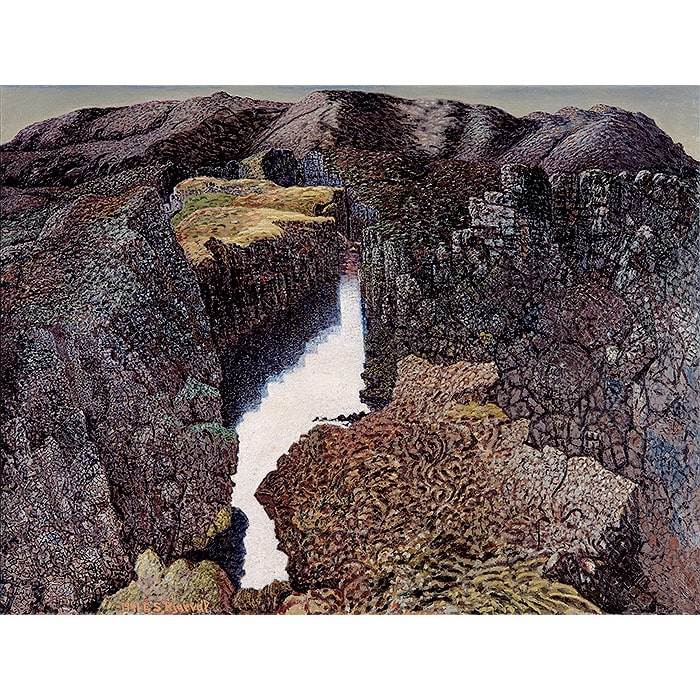
Iceland's most celebrated painter obviously leaves his immense legacy to the wonderful Kjarvalstaðir museum and gallery - and it's here I encountered his most famous works - including the one above - which depicts the Flosagjá chasm/rift with Mount Ármannsfell in the background - of course another fantastic take on Þingvellir / Thingvellir. Þingvellir is actually best viewed in early autumn when the vegetation takes on the most varied range of hues - and these contrast beautifully with the sharp jagged edges of the rift valley lava and crystal clear pools. As with all of the artists listed here I have many favourite works of theirs, but for Kjarval - this is his flagship as far as I'm concerned and an enduring snapshot of the mystique of Iceland.
Ásmundur Sveinsson (1893-1982) - Tröllakonan / Giantess (1948, 1975) (Cast Concrete and Obsidian)
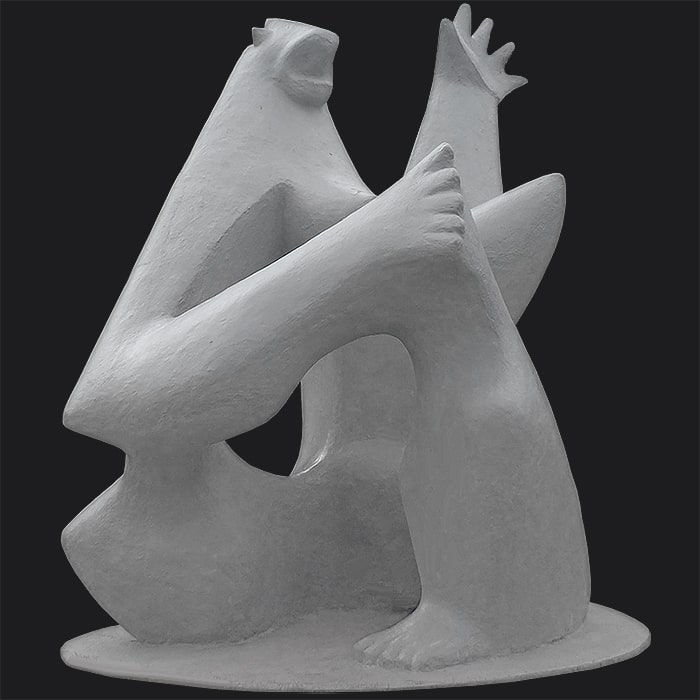
As mentioned in the intro we kids were exposed to Ásmundur far more than any other artist as a by-product of regular visits to the next-door garden centre Blómaval. I think I've only actually visited the Ásmundarsafn museum a couple of times in full - but been around the property more times than I can accurately recall. His favourite work of mine I somehow always imagined more as an angry Polar Bear rather than the Tröllakonan / Tröllkerlingin / Grýla / Giantess it is supposed to be. The sculpture was first completed in 1948, but then later in 1975 a more robust and larger edition of the work was produced with a copy sent to Vestmanneyjar also - where is sits on Stakkó mound. In Icelandic myth Trolls were great big ugly man-eating giants - akin to the Frost Giants of Viking lore - and certainly not the cute fluffy-haired toy Trolls of the 70's! Ásmundur instilled in me a love of all things sculptural - which led to Alvar Alto, Andy Goldsworthy, Henry Moore, Naum Gabo, Tony Cragg and many more.
Erró (Guðmundur Guðmundsson) (1932 > ) - Soft Kadhafi (1974) (Oil on Canvas)
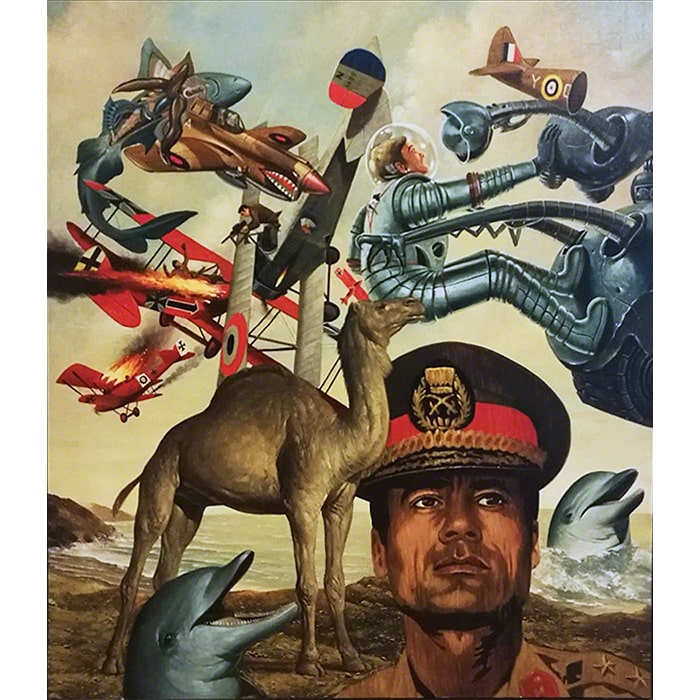
As mentioned in the intro my main exposure to Erró came courtesy of playing the violin at several concerts at Norrænnahúsið / Nordic Centre in the 70's. So the period of Erró I happen to be most familiar with is that 70's era - particularly 1974/75 - from which the above work is taken. I recall seeing 'Soft Kadhafi', 'Stukas', 'Fishscape' and various comic book collage inspired works. But then only larger scale public works and murals for a while before a few retrospective shows brought all the works together. Erró has to be Iceland's most prolific artist - he seems to have worked all over the world and is obviously a genius considering how many times he's been accused (wrongly in my opinion) of plagiarism. He largely still paints oil on canvas but works with various media generally - and liberally borrows from various art forms, current events and popular culture - including comic books and poster art. When I say 'borrows' - I mean much like Roy Lichtenstein 'borrows' cartoon characters that he paints onto canvas - I see this rightly as a form of visual satire and pastiche and Erró is certainly the master of that format. He's something of an acquired taste - and some of works can be a little lascivious - but I really rather like this style - and compared to the typical Icelandic lava landscapes (and horses) this was always a fresh take on painting. To me it combines elements of a great many other artists like Dali and Picasso - but most of Erró's art is still instantly recognisable and distinct. It possibly encouraged me further to read all those Commando and Starblazer comics I so enjoyed as a child.
Ólafur Elíasson (1967 > ) - The Weather Project (2003) (Mono-filament lighting, moving mirrored tiles and water mist installation)
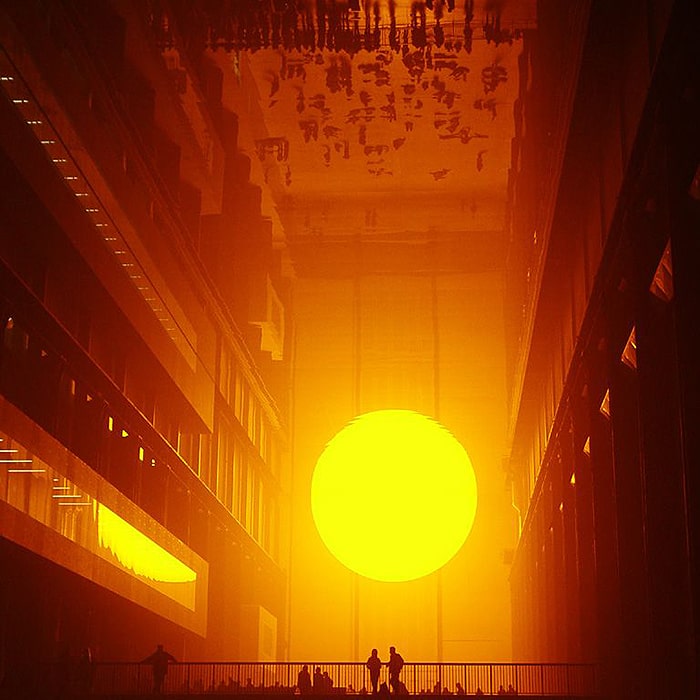
Ólafur is the master of light, glass, water and atmosphere - and has several amazing works in his legacy which attest to that - but his masterpiece is still the breathtakingly emotional installation that properly filled the Turbine Hall of the Tate Modern Gallery in 2003. The combination of mono-filament light tubes, softly shimmering mirrors and water mist was one of the wonders of the age. Strangers lay down on the floor next to each other and stared up at the shimmery ceiling and far wall - and drifted off in momentary contemplation and meditation - for up to an hour! This was a spiritual and emotional experience of the type that I've rarely witnessed in any art - bar music I suppose. This was Art that sang to your soul and raised your consciousness just one step further along the path to nirvana. Still my favourite moment in art!
Tolli (Þorlákur Kristinsson Morthens) (1953 > ) - Hinn Langa Leið Heim / The Long Way Home (2009) (Oil on Canvas)
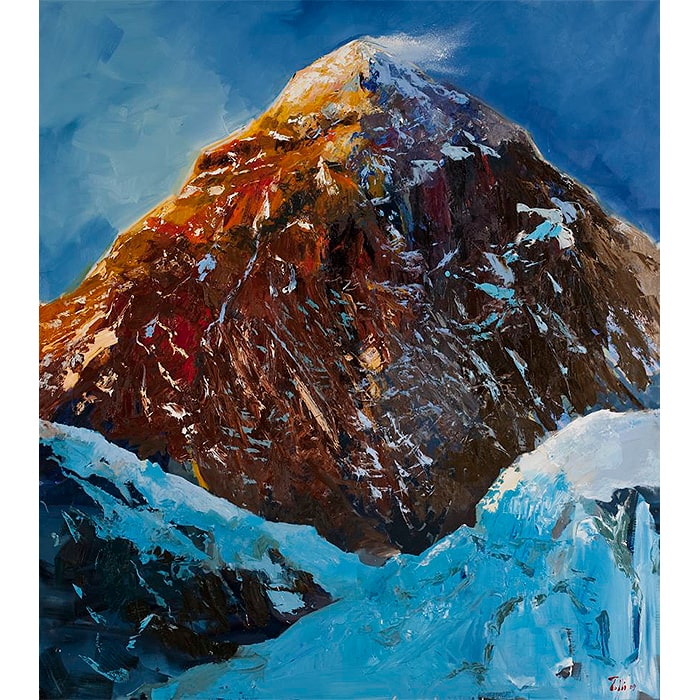
Tolli is another master of light - in painting this time around - I can't say I like all his works, but some of his better examples are stone cold classics - as is this very typical Icelandic mountain scene. Tolli is the brother of Iceland's very own Bruce Springsteen or Bubbi Morthens as we know him and together the brothers make a very formidable arts power pairing. Bubbi's album Freedom for Sale (Frelsi til sölu 1986) was another favourite from my youth - sung in Icelandic so probably of limited international appeal. Tolli's works are so popular though that near enough half of our extended family members have one of his paintings on their walls!
Thorgrimur Andri Einarsson (Þorgrímur) (1980 > ) - Harpa (2017) (Oil on Canvas)
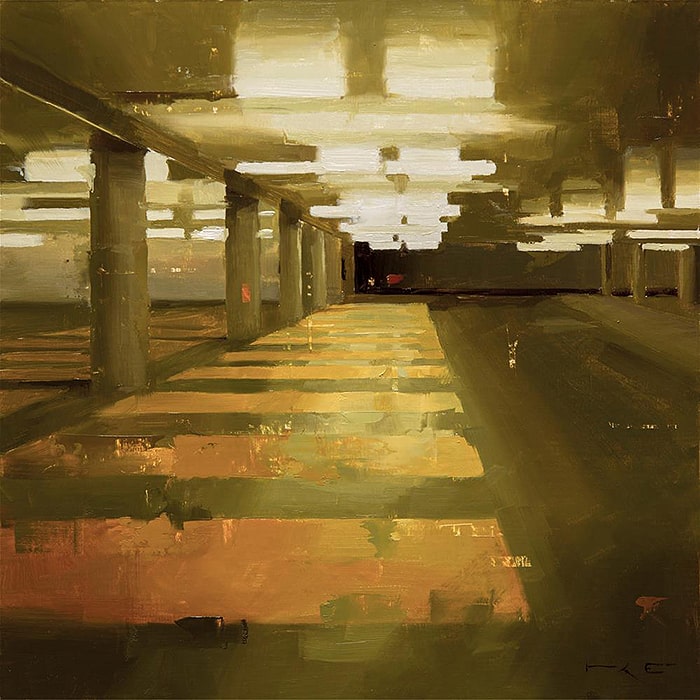
A modern impressionist painter whose family's roots are in the east-coast of Iceland - my Dad's ancestral home town Neskaupstaður - and hence how my Dad picked up on his works and started sharing those with me. Thorgrimur paints with quite a broad trowel of a palette knife which builds up strong lines on canvas which he then disrupts to a really unique almost computer-editing-like glitch effect. He specialises in landscapes and animals to a degree and has a neat line in 60 second mini masterpieces too. I really love a lot of his paintings, while the one I would most have liked to own is his cool take on Iceland's most famous concert venue 'Harpa' or the basement parking garage thereof!
Siggi Eggertsson (Sigurður) (1984 > ) - Landsbankinn Sjómannadagur / Seaman's Day (2019) (Digital Art / Graphics)
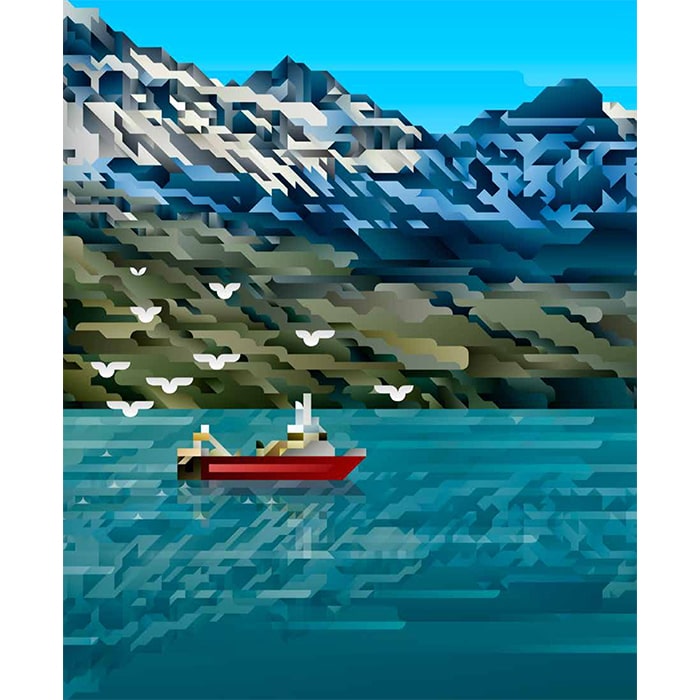
Siggi is Iceland's most celebrated graphic designer - and he's managed to carve out a very unique and distinctive style in what is a very competitive environment. His works are pretty much instantly recognisable - even though he has extended his palette of geometric styles significantly over the years. My first introduction to Siggi came courtesy of the first album cover he did for the Apparat Organ Quartet (2002) - after which I've see his career blossom and evolve as he initially moved south from Akureyri to Reyjavík, then London and now Berlin. His works can be found on several album covers, in glossy magazine editorials, and in printed works and textiles. I came across the above work purely by chance - it's not referenced in any portfolio yet, but looks like another collaboration with agency Jónsson & Le'macks for client Landsbankinn. It reminds me of childhood holidays in Neskaupstaður on the east-coast of Iceland - watching the fishing boats return to harbour on a sunny day - with the majesty of the Fjord mountains in the background - this is such an archetypal Icelandic scene - and part of the very fabric of Iceland as much as the Icelandic Horses in the first two paintings here. Note that I've cropped the Ad artwork at the mountain peak line and full reflection to better fit with this format.
Addendum!
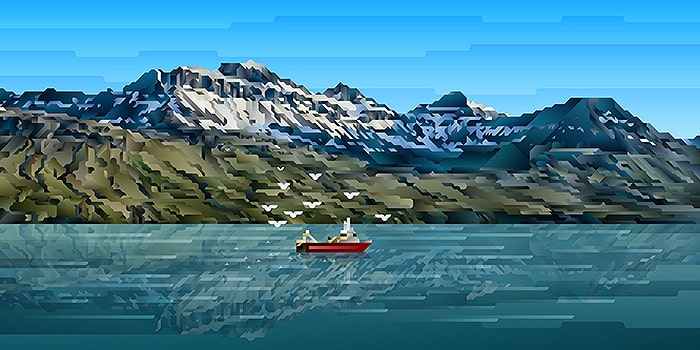
We had official confirmation during the week when Siggi Eggerts shared the full artwork on his Facebook page. Turns out that initial guesses weren't far off the mark - this is definitely the Eastfjords - or specifically Fáskrúðsfjörður as confirmed by the artist! I will contend that Dad thought it likely - but he wasn't 100% sure whether Reyðarfjörður or Fáskrúðsfjörður at the time. Nice to see the East-coast represented so well!

Enlarged square segment.

Did you find this content useful?
Thank you for your input
Thank you for your feedback
Upcoming and Former Events
Affino Innovation Briefing 2024
Webinar - Introduction to Affino's Expert AI Solutions - Session #2
Webinar - Introduction to Affino's Expert AI Solutions - Session #1
PPA Independent Publisher Conference and Awards 2023
Meetings:
Google Meet and Zoom
Venue:
Soho House, Soho Works +
Registered Office:
55 Bathurst Mews
London, UK
W2 2SB
© Affino 2024


